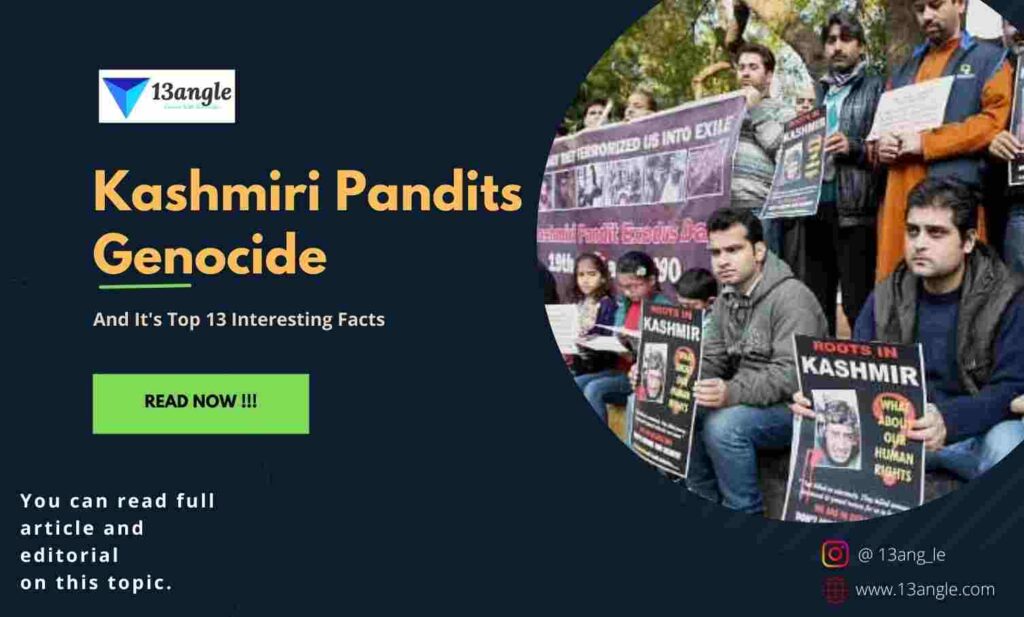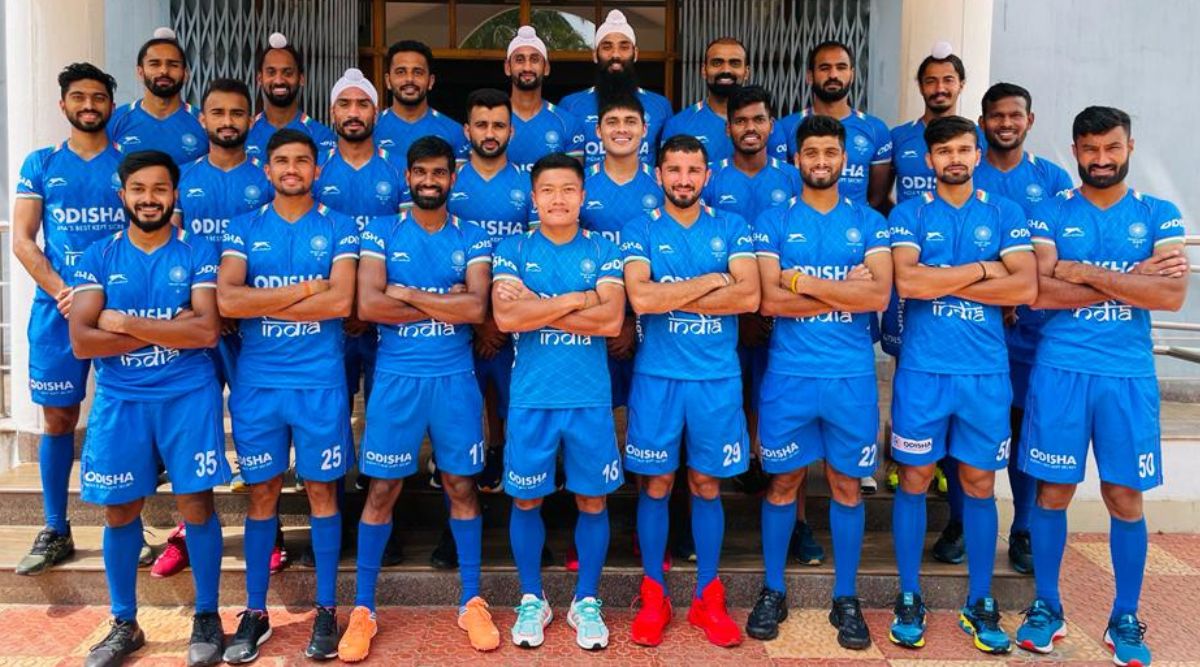On the chilly, bitter, and scary night of January 19, 1990, Kashmiri Pandits’ lives spiralled into one of the Valley’s greatest nightmares. The Kashmiri Pandits – the Hindu minority group in the Valley — were forced out in one of India’s most exceptional exoduses amid political disputes, extreme Islamisation, and violent warfare. Their story is complicated and difficult to describe. Murders, gangrapes, grenade blasts, encounters, arrests, disappearances, and a plethora of slogans in support of independence from India, Pakistan, radicals, and against Pandits’ brethren abound. It has been 30 years since the Valley’s minority Hindu Kashmiri Pandit population “exodus.” The widely debated circumstances of their flight between January and March 1990, as well as the numbers and problem of their return, are a major aspect of the Kashmir saga that has flowed into Hindu-Muslim polarisation in India over the years, fueling the Hindu-Muslim split in the Valley. Sheikh Abdullah agreed to actions made by the federal government in Jammu and Kashmir to integrate the state into India under the 1975 Indira–Sheikh Accord. It was met with hatred among the people of Kashmir, according to Farrukh Faheem, a sociologist at the University of Kashmir, and laid the groundwork for future rebellion. Jamaat-e-Islami Kashmir, the People’s League in Indian Jammu and Kashmir, and the Jammu Kashmir Liberation Front (JKLF) located in Pakistan-administered Azad Jammu and Kashmir were among those who rejected the accords. Communalist language has been used in the state for vote bank politics since the mid-1970s. Around this time, Pakistan’s Inter-Services Intelligence (ISI) attempted to spread Wahhabism in place of Sufism in order to foster religious unity in the country, and communication aided them in their efforts. In the 1980s, Sheikh Abdullah’s government began Islamizing Kashmir by changing the names of roughly 300 locations to Islamic ones. Sheikh also began giving communal lectures at mosques, which were reminiscent of his aggressive pro-independence speeches from the 1930s. He also referred to the Kashmiri Hindus as Mukhbir (Hindustani:,), or Indian military informants. Until the late 1980s, the ISI’s attempts to create mass unrest in Kashmir against the Indian authority were mainly ineffective. The armed struggle of the Afghan mujahideen, supported by the United States and Pakistan, against the Soviet Union during the Soviet-Afghan War, the Islamic Revolution in Iran, and the Sikh insurgency in Indian Punjab against the Indian government became sources of inspiration for a large number of Kashmiri Muslim youth. Both the pro-independence JKLF and pro-Pakistan Islamist groups, such as Jamaat-e-Islami Kashmir, mobilised the fast-developing anti-Indian sentiments among the Kashmiri community; terrorist activity in Kashmir increased dramatically in 1984. Few Pandits expected their exile to extend more than a few months at the time of their flight. Pandits from Kashmir first settled in the Jammu Division, the bottom half of what is now India’s union territory of Jammu and Kashmir, where they lived in refugee camps, sometimes in filthy conditions. Many displaced Pandits from the urban elite were able to find work in other parts of India as the exile lasted longer, but those from the lower middle class, particularly those from rural areas, languished longer in refugee camps, with some living in poverty; this created tensions with the host communities—whose social and religious practises, while Hindu, differed from those of the brahmin Pandits—and made assimilation more difficult. In the camps, many displaced Pandits suffered from emotional despair and a sense of hopelessness. Exiled Kashmiri Pandits have also authored autobiographical memoirs, novels, and poetry to document and comprehend their experiences. Exodus Day is honoured by Kashmiri Hindu groups on January 19.






